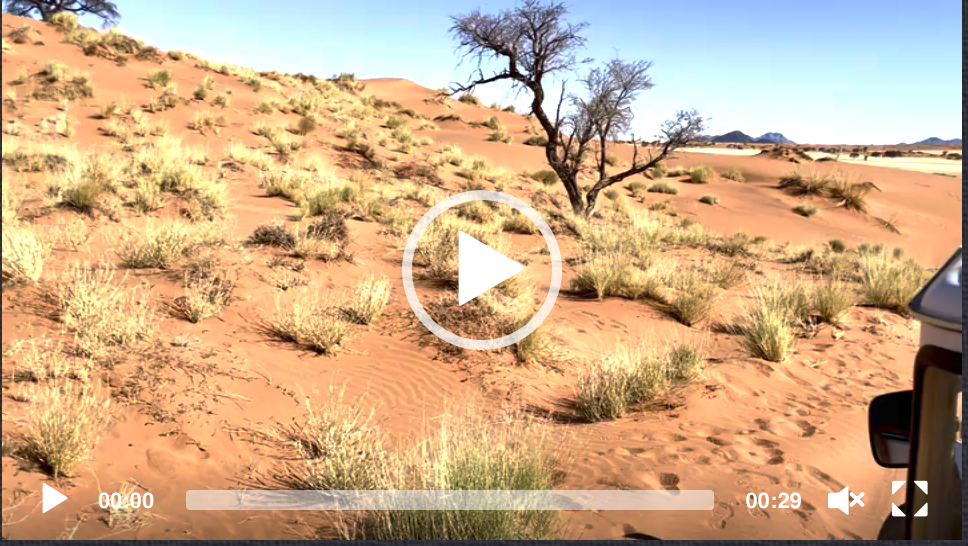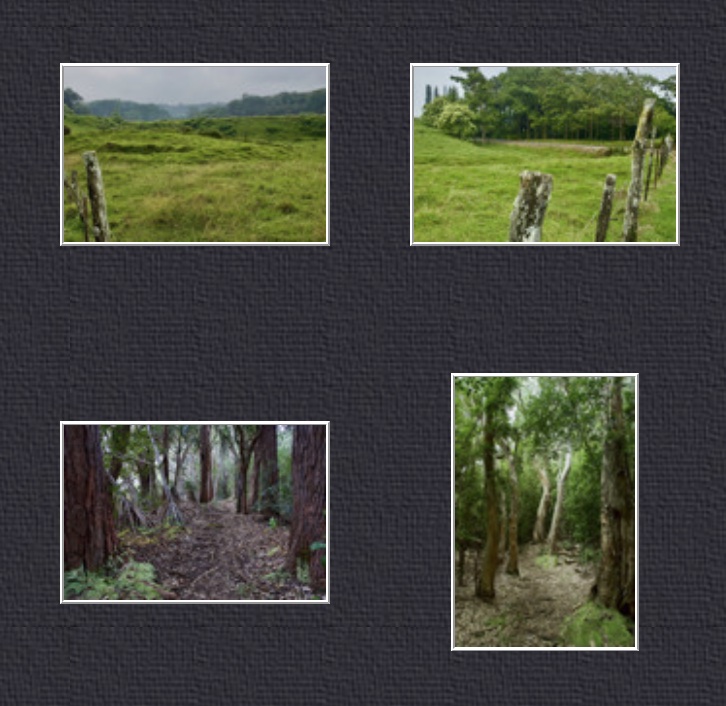Namibia 2021
CHEETAHS, LEOPARDS AND MORE
DAY 14 : FRIDAY SEPTEMBER 10, 2021
This was an early morning (6 am) so that we could grab tea and muffins before heading out on for viewing of cheetahs. As we learned, cheetahs in many parts of Africa have an issue with the increasing under-growth that in the past has been controlled by fire. While cheetahs are very fast, they have vision limitations so having to run through thick vegetation is a challenge. Also they have the unusual habit of, after making a kill for food, resting before starting to eat. With the other large predators in the area, this means often their kills are stolen by other animals.
The AfriCat Foundation is a conservation group that is helping to conserve and improve lives of the different African cats. In this area, in addition to the other research, medical care, etc, the AfriCat Foundation has an area enclosed for a Cheetah pair that unfortunately could not be released into the highly competitive wild. Some of the different animals that the Foundation saves and/or needs to relocate would not survive on their own if released back into the wild. The cheetah pair in my photos are roaming in a large protected area where they can hunt, play and do other things that they would normally do but without having to look over their shoulders all the time.
To help with the education and to also raise money for their conservation efforts, they allow photo safari’s in this protected area where we were able to follow and enjoy watching the cheetah pair do cheetah things. One could tell that cats are cats whether they be the lovable pets many of us live with or are in the wild (just keeping in mind that wild cats are big and are just that - ‘wild’). All cats seem to enjoy playing, running, and rolling in the dirt. As you can see in the pictures, they were beautiful to watch.
At the end of the Cheetah photo excursion, we were shown the African educational center which was also where some of the vet services happen. It is unfortunate that with COVID shutting down tourism for so long, much of their funding disappeared so their programs were curtailed. Hopefully that has been or will soon be changing and foundation can expand their work back to their normal prior levels.
After a much needed full breakfast and restful day at the lodge, late in the afternoon a guide from our lodge took us out into the Okonjima Nature Reserve where they have many leopards. Each leopard had a radio collar to help track and manage the population. Our guide took us around in an open sided vehicle and we quickly learned to keep our arms inside. He was happy to go wherever the radio signals said there might be a leopard. This we discovered took us across all kinds of terrain and vegetation, including many plants with very large and sharp thorns. Even if we never saw a leopard, it was quite an adventure!
Towards the very end of the time for the trip, our guide tried one more time. We ended up by a large watering hole and the radio tracker said that there was a leopard almost under our tires. We finally found him - taking a nap in a small ravine. The big cat seemed to be very sluggish and our guide was concerned there might be something wrong. But when the leopard finally got up and started walking, upon following him we found that he had just been taking a nap after a major meal with some animal that he had taken down. We all know the need to nap after gorging ourselves on a large meal!
The cat had covered unfinished portions of his meal in brush. When he went back for another few bites, we were able to watch from our vehicle. As the sun headed down, out came the snacks and drinks for our final sundowner on the trail.
It was getting to be nearly dark when the leopard simply walked away from his kill (guess that is OK if there is so much easy fresh game around). Out of the brush came two large and, to be frank, ugly looking hyenas to finish off the meal. Which for us meant time to head back for our dinner.
SHORT VIDEO CLIPS
Helmeted Guineafowl enjoying a snack outside of my room [no audio]
PHOTO SHOWCASE
- click on any thumbnail image for a larger view/slideshow













































































